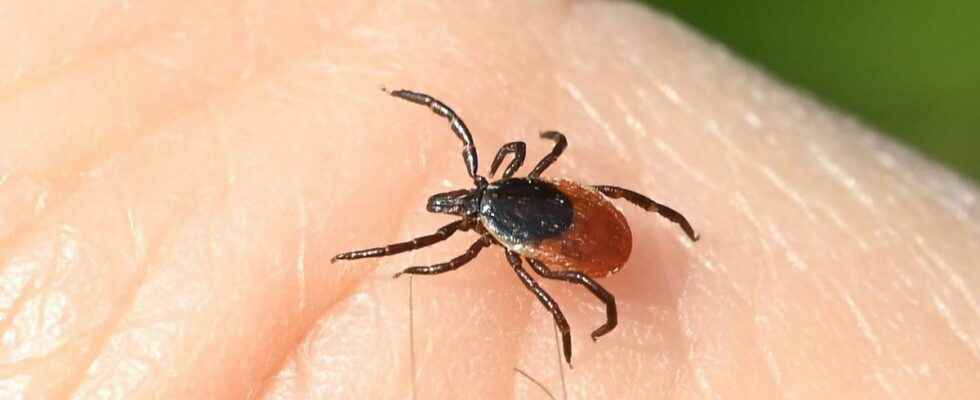Published ,
Reading 3 mins.
Faced with the medical wandering of which many patients affected by Lyme disease are victims, the High Authority for Health publishes a guide for them. Objective: to offer all patients the same quality of care.
HAS publishes a care pathway guide on its website for patients affected by Lyme disease or who think they may be. The purpose of this guide is to “reduce medical wandering and offer all patients the same quality of access to care, by facilitating and harmonizing their care throughout the territory” explains the health authority.
Defining a city-hospital care pathway
A tick-borne disease, Lyme borreliosis is a bacterial infection transmitted by ticks. The incidence of this disease is estimated at approximately 91 cases per 100,000 inhabitants. But affected patients often feel abandoned by their symptoms.
This is why the High Authority for Health (HAS) is publishing a guide for them, in order to help them better manage their disease and define outpatient and hospital care.
Five reference centers
There are already five reference centers for the multidisciplinary management of tick-borne diseases (CR MVT)designated by the Ministry of Health, since July 2019. The Ministry has also certified around thirty competence centers (CC MVT) specializing in the management of complex cases of suspected Lyme borreliosis.
This guide now defines the role of each and proposes three types of support, in order to harmonize practices across the national territory. This ranges from the attending physician to the reference centers, via the skills centers, depending on each situation.
In each case, its support
- For example, the attending physician can be consulted at the time of the bite, to remove the tick in case of difficulty and if symptoms appear: Lyme borreliosis is then characterized by redness around the bite point, more than 5 cm in diameter but not painful. The attending physician will then prescribe antibiotic treatment and monitor the patient and his progress. No other complementary examination is necessary at this stage.
- In certain specific cases, the advice of a specialist doctor or a consultation at a tick-borne diseases competence center is preferable.. For example, if in the six weeks following the injection, the patient has a fever, dermatological, articular or neuromeningeal signs, etc. HAS recommends sending patients to a competence center if confirmation of a diagnosis of Lyme disease. This can be by consultation, teleconsultation or simple telephone advice, by post or email.
- At last, in the context of complex cases or a clinical degradation of the patient, the reference centers can be called upon for multidisciplinary expertise, in order to discuss the situation. The centers then evaluate the patient’s treatment, can discuss its inclusion in a research protocol… They also have a mission to develop these protocols in conjunction with patient associations and expert patients, as well as a role in training actors of the care pathway.
A breakthrough hailed by Chronilyme
For the president of Chronilyme, Bertrand Pasquet welcomes this progress. “We are happy to see Lyme Doctors recognized as Lyme Doctors and listed in this guide to Lyme disease.“. However, Bertrand Pasquet regrets that “other tick-borne diseases are not mentioned in the guide, the focus is on Lyme disease only when there are other tick-borne diseases“. He now hopes that a “collective intelligence will be set up with the collaboration between medical specialists and specialized skills centers”.
